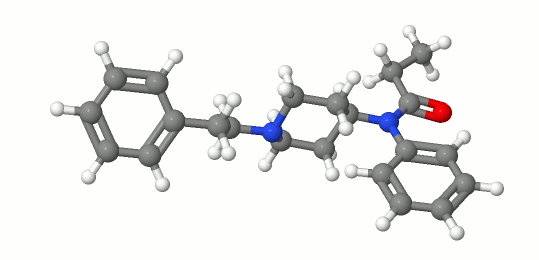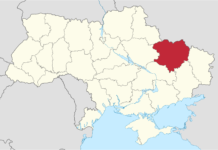In recent years, Native American reservations in Montana have come under the influence of Mexican drug cartels. These groups, specifically the Sinaloa and the Jalisco New Generation Cartel (CJNG), have targeted these communities for the distribution of dangerous drugs such as methamphetamine and fentanyl. Montana, with its sprawling landscapes and small population, presents a strategic location for these cartels to operate with less law enforcement scrutiny.
Previously, methamphetamine locally produced was the main drug issue in Montana. However, as domestic production declined due to regulatory measures against precursor chemicals, cartels began importing a more potent form of meth into the U.S., with a keen focus on indigenous communities. This situation was exacerbated by the emergence of fentanyl, a synthetic opioid that is both inexpensive to produce and extremely lethal. The economic incentive for cartels is substantial, especially in remote areas like Montana, where the price of a single fentanyl pill can reach up to $100.
The cartels’ modus operandi involves exploiting vulnerable individuals within these communities, particularly targeting women to use their homes as distribution centers. This method of operation not only spreads addiction and death but also entrenches the cartels’ presence within these communities, making it challenging for law enforcement to combat.
The repercussions of this crisis are most severe on Montana’s Indian reservations. The opioid overdose death rate in Montana has seen a dramatic increase, with Native Americans being disproportionately affected. The reservations’ isolation, coupled with high rates of drug addiction and insufficient policing, renders them prime targets for cartel activities. For instance, the Northern Cheyenne tribe is severely under-policed, with minimal officers covering a vast territory.
The infiltration of Mexican cartels into Montana reflects a larger pattern of these criminal organizations targeting rural and isolated communities across the U.S. They exploit the limited law enforcement capabilities and the vulnerabilities of these areas to establish profitable drug trafficking operations.
Image is in the public domain.










